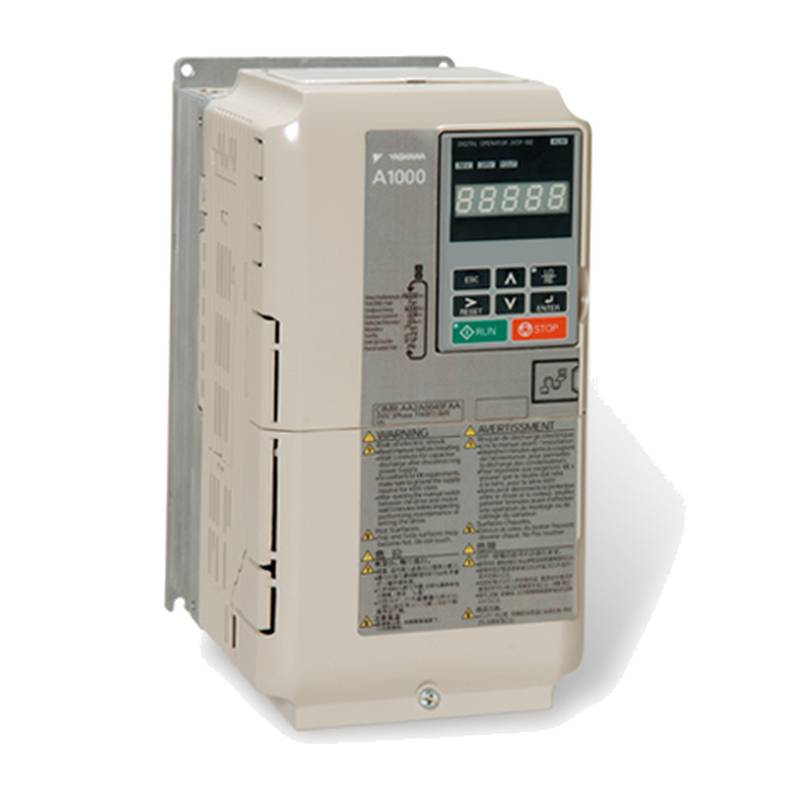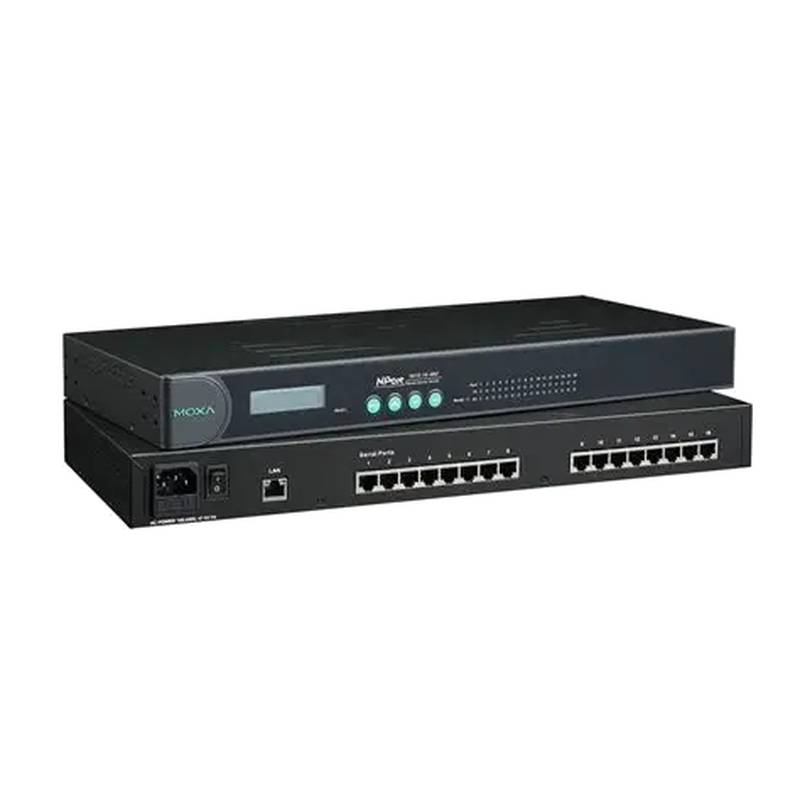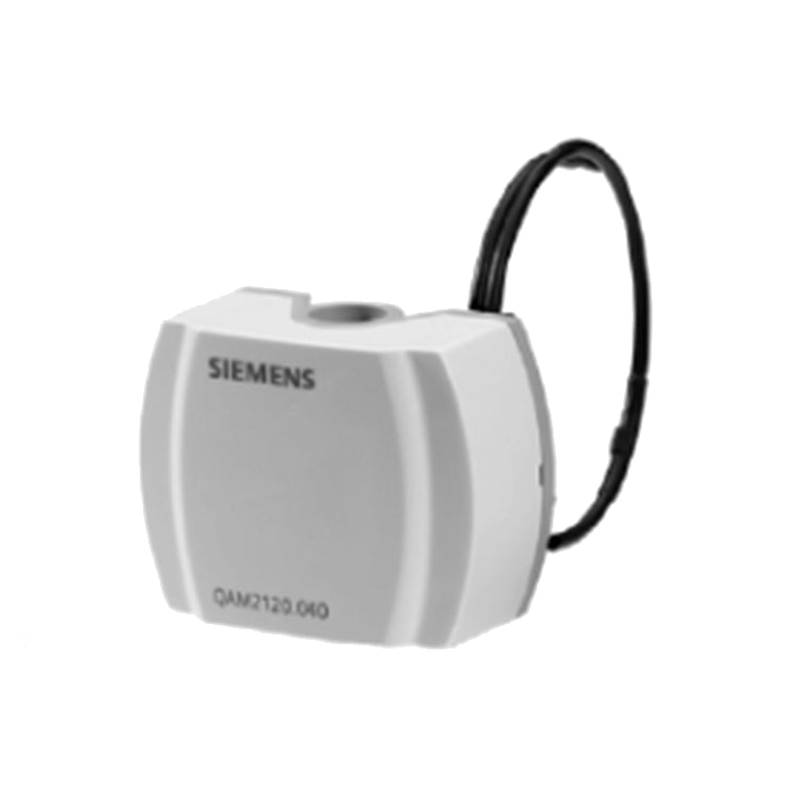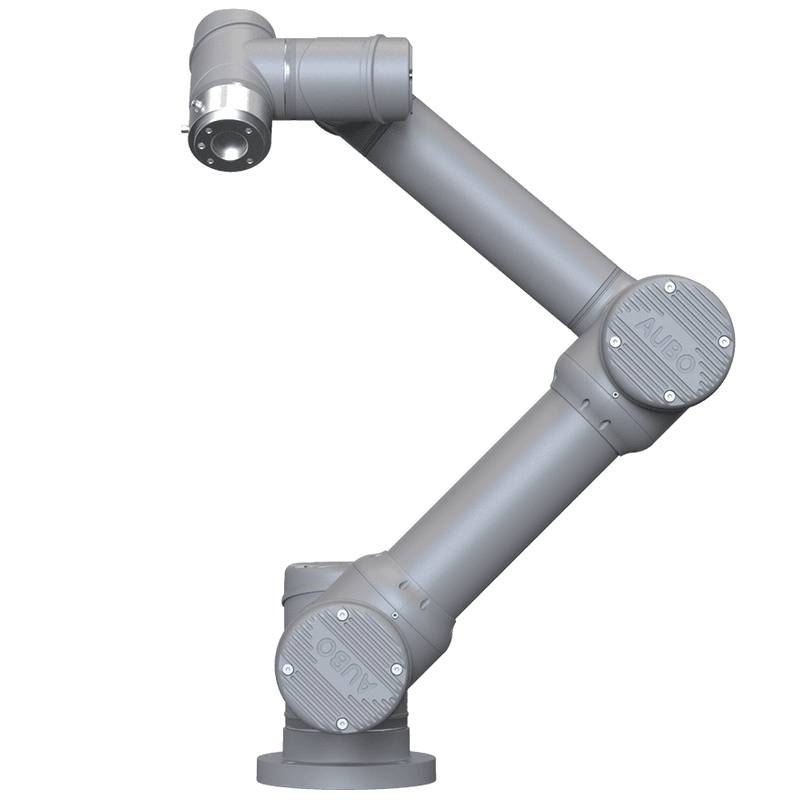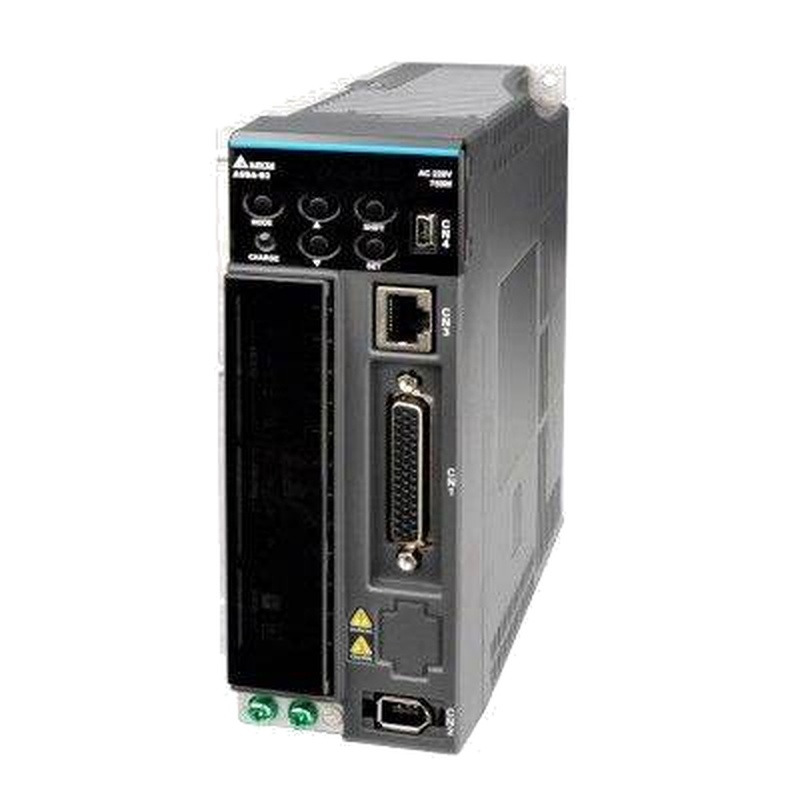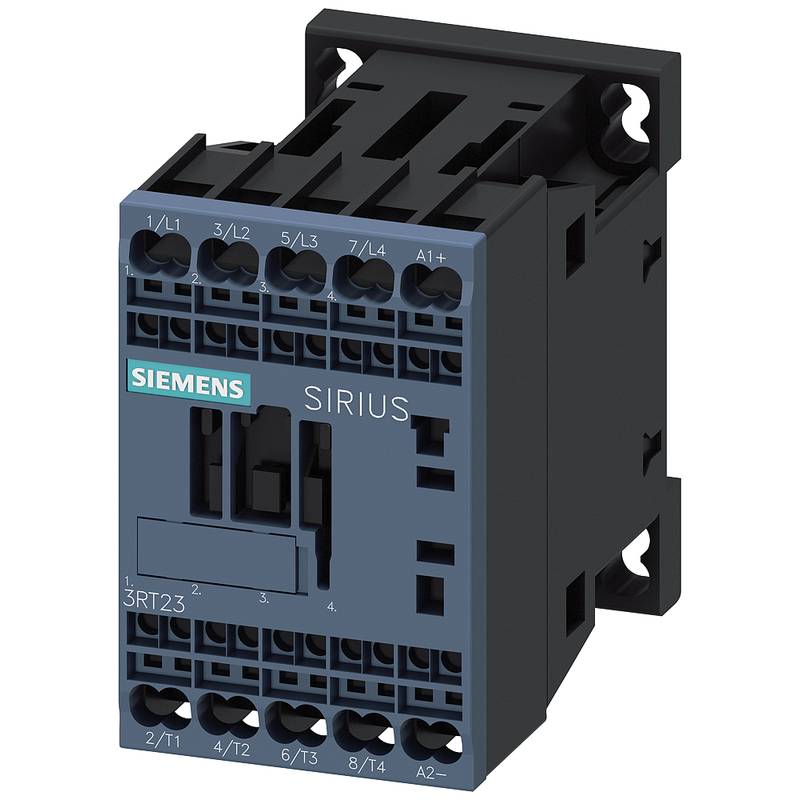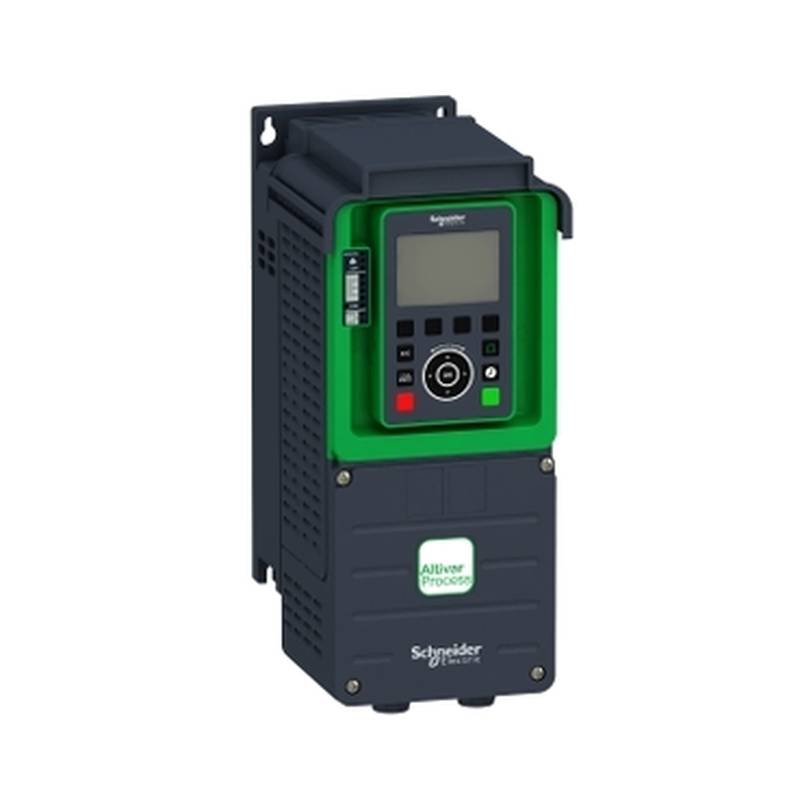
The OULU EV510A-0055G/0075P-T4 Advanced Heavy Duty AC Drive VFD 13A 7.5kW stands as a robust solution for demanding industrial applications, offering exceptional control and reliability. This variable frequency drive (VFD) is engineered to deliver precise motor speed and torque management, crucial for optimizing energy efficiency and operational performance in heavy-duty environments. With a rated current of 13A and a power output of 7.5kW, the EV510A-0055G/0075P-T4 is designed for continuous operation, featuring advanced thermal management and protection mechanisms. Its sophisticated control algorithms ensure smooth acceleration and deceleration, minimizing mechanical stress on connected equipment and extending service life. This drive represents a significant advancement in industrial motor control, providing a powerful and versatile platform for a wide range of applications.
Product Specifications
| Parameter | Specification |
| :-------------------- | :------------------------------------------ |
| Model | EV510A-0055G/0075P-T4 |
| Rated Current | 13A |
| Rated Power | 7.5kW (10HP) |
| Input Voltage | 3-Phase, 380-480V, 50/60Hz |
| Output Voltage | 0-Input Voltage |
| Control Method | V/f Control, Sensorless Vector Control |
| Protection Features | Overload, Overvoltage, Undervoltage, Short Circuit, Overheat |
| Mounting Type | Wall-mount/Panel-mount |
| Operating Temperature | -10°C to +40°C (derating above 40°C) |
| Dimensions (H x W x D)| Varies by enclosure size |
| IP Rating | IP20 (standard), IP54/IP66 (optional) |
Core Features & Market Positioning
The OULU EV510A-0055G/0075P-T4 distinguishes itself through its advanced sensorless vector control, providing superior torque performance and dynamic response, even at low speeds, which is critical for applications like conveyors and cranes. Its heavy-duty design incorporates robust components and enhanced heatsink capabilities, ensuring reliable operation under continuous high-load conditions and elevated ambient temperatures, positioning it as a premier choice for harsh industrial environments. The drive's integrated braking unit and optional external brake resistor support applications requiring rapid deceleration and precise positioning. Furthermore, its versatile communication options, including Modbus RTU and optional fieldbus modules (e.g., Profibus, EtherNet/IP), facilitate seamless integration into complex automation systems and Industry 4.0 initiatives. This combination of performance, durability, and connectivity makes the EV510A-0055G/0075P-T4 a highly competitive offering in the advanced industrial VFD market.
Key Application Scenarios
The OULU EV510A-0055G/0075P-T4 is exceptionally well-suited for a multitude of industrial applications where precise motor control, high starting torque, and energy efficiency are paramount. Its robust construction and advanced control capabilities make it ideal for driving pumps and fans in HVAC systems, water treatment plants, and industrial ventilation, where variable speed operation significantly reduces energy consumption. In material handling, it excels in controlling conveyors, elevators, and automated storage systems, ensuring smooth product movement and efficient logistics. The drive's powerful performance is also leveraged in the processing industries for mixers, extruders, and crushers, providing consistent torque and reliable operation under heavy loads. Furthermore, its precise control characteristics are beneficial in applications like machine tools, printing presses, and textile machinery, where accurate speed regulation and dynamic response are essential for product quality and throughput.
Practical System Integration Guidance
Integrating the OULU EV510A-0055G/0075P-T4 into existing or new systems requires careful consideration of electrical connections and parameter configuration. For wiring, ensure the power supply is isolated and properly grounded before making connections to the main terminals (L1, L2, L3 for input, T1, T2, T3 for output). Control wiring for digital inputs/outputs, analog inputs, and communication ports should follow the terminal diagrams provided in the user manual to ensure proper signal integrity. When programming, focus on setting motor parameters (rated voltage, current, frequency, poles) accurately for optimal performance with sensorless vector control. Key parameters to configure initially include acceleration/deceleration times, speed limits, and overcurrent trip settings to match the driven load and system constraints. For enhanced safety and braking performance, correctly wire and configure the braking unit and resistor if applicable.
Operation and Risk Mitigation
Safe operation of the OULU EV510A-0055G/0075P-T4 mandates adherence to electrical safety standards and proper commissioning procedures. Always ensure the drive is de-energized and locked out before performing any maintenance or wiring. During operation, monitor drive status and motor performance through the keypad display or communication interface to detect potential issues early. Common troubleshooting involves checking for fault codes indicated on the display; for instance, an "OL" (Overload) fault typically signifies a load exceeding the drive's capacity or a mechanical issue with the motor or driven equipment. An "OV" (Overvoltage) fault might indicate regenerative braking issues or excessive line voltage, while an "UV" (Undervoltage) fault suggests problems with the incoming power supply. Proper ventilation and maintaining ambient temperature within specified limits are crucial to prevent "OH" (Overheat) faults. Regularly inspect connections for tightness and signs of wear.
Scalability & Long-Term Value
The OULU EV510A-0055G/0075P-T4 offers significant scalability and long-term value through its modular design and compatibility with modern industrial automation architectures. Its ability to integrate with various fieldbus communication protocols allows for seamless connection to SCADA systems, PLCs, and other intelligent devices, facilitating centralized control and data acquisition for enhanced process monitoring and optimization. This makes it an ideal component for upgrading existing systems to Industry 4.0 standards, enabling predictive maintenance and remote diagnostics. For future expansions, the EV510A series is designed with a consistent interface and programming logic across different power ratings, simplifying the process of selecting and implementing larger or additional drives. The inherent energy savings achieved through variable speed control also contribute to a reduced total cost of ownership over the product's lifespan, ensuring a strong return on investment.
FAQs
Q1: What is the maximum input voltage tolerance for the OULU EV510A-0055G/0075P-T4?
The drive is designed for a standard input voltage range of 380-480V at 50/60Hz. Variations outside this nominal range can impact performance and safety.
Ensure the incoming power supply consistently remains within the specified voltage tolerance for optimal drive operation and longevity. Minor fluctuations are often tolerated, but significant deviations require investigation.
Consult the product manual for precise voltage tolerance limits and recommended mitigation strategies if your power supply is unstable. Overvoltage or undervoltage conditions can trigger protective shutdowns.
Q2: Can the OULU EV510A-0055G/0075P-T4 be used for single-phase motor applications?
No, the OULU EV510A-0055G/0075P-T4 is specifically designed for three-phase motor applications. It requires a three-phase input power supply.
Using this VFD with a single-phase motor is not recommended and could lead to motor damage or VFD failure. Always match the VFD's phase requirements to the motor's phase configuration.
For single-phase motor control, you would need to select a VFD explicitly designed for single-phase input and output, which is a different product category.
Q3: How do I perform a motor auto-tuning on the EV510A-0055G/0075P-T4?
Auto-tuning calibrates the VFD to the specific motor's characteristics for optimal sensorless vector control performance. Initiate the auto-tune function via the drive's keypad or through programming commands.
Ensure the motor is connected and stationary before starting the auto-tuning process. The drive will then perform a series of measurements to determine motor parameters like resistance and inductance.
Refer to parameter group P01 in the user manual for specific auto-tuning procedures and related parameters (e.g., P01-01, P01-02). Successful tuning is indicated by specific feedback or by the absence of fault codes.
Q4: What are the typical troubleshooting steps for an overload fault (OL) on this drive?
An overload fault (OL) indicates the motor is drawing more current than the drive's rated capacity, often due to excessive load. First, check if the driven equipment is mechanically jammed or overloaded.
Verify that the motor's nameplate current rating matches the drive's 13A capacity and that the drive's overload settings (e.g., parameter P02-01) are correctly configured for the motor. Ensure adequate cooling for the drive.
If the load is within limits and cooling is adequate, investigate potential issues with the motor itself, such as winding faults or bearing problems, which may require professional diagnosis.
Q5: Does this VFD support external braking resistors for dynamic braking applications?
Yes, the OULU EV510A-0055G/0075P-T4 supports the use of external braking resistors for applications requiring rapid deceleration and high braking torque. This allows for energy dissipation during braking.
Connect the braking resistor to the designated braking terminals (e.g., P+ and B) on the drive. Parameter group P06 typically manages braking control and settings, including resistor selection and activation thresholds.
Ensure the braking resistor's power rating and resistance value are appropriately matched to the drive's capacity and the application's braking energy requirements to prevent overheating or component failure.
Q6: What communication protocols are supported by the OULU EV510A-0055G/0075P-T4 for system integration?
The drive natively supports Modbus RTU communication via its RS-485 interface, enabling integration with PLCs and HMIs for monitoring and control.
Optional communication cards are available for other popular industrial protocols like Profibus DP, DeviceNet, and EtherNet/IP, significantly enhancing its compatibility with diverse automation systems.
Selecting the appropriate communication protocol and configuring the related parameters (e.g., P08 group for communication settings) is essential for seamless network integration and data exchange.
Q7: How can I adjust the acceleration and deceleration times for smoother starts and stops?
Acceleration and deceleration times are critical for minimizing mechanical stress and ensuring smooth operation. These parameters are typically found in parameter group P03 (e.g., P03-01 for acceleration time, P03-02 for deceleration time).
Increase these values for gentler starts and stops, particularly for applications with high inertia loads. Conversely, decrease them for applications requiring quick response times, ensuring not to exceed motor or system limits.
Experiment with different settings to find the optimal balance between rapid response and smooth transitions, observing the motor's behavior and any associated mechanical feedback during operation.
Q8: What are the environmental operating conditions for this heavy-duty AC drive?
The OULU EV510A-0055G/0075P-T4 is rated for operation in ambient temperatures between -10°C and +40°C without derating. Operation above 40°C requires derating of the current output.
Ensure the drive is installed in a well-ventilated area to maintain optimal operating temperatures and prevent overheating, which can lead to faults or reduced lifespan. Consider external cooling if needed.
The drive typically has an IP20 rating for standard enclosures, protecting against solid objects larger than 12mm. Optional higher IP ratings (IP54/IP66) are available for dust and water protection in harsher environments.
Q9: What is the significance of the "T4" in the OULU EV510A-0055G/0075P-T4 model number?
The "T4" designation often indicates a specific enclosure type, mounting configuration, or a particular feature set within the OULU VFD series, tailored for certain installation requirements or performance characteristics.
It's crucial to consult the product datasheet or manual corresponding to the specific "T4" variant to understand its precise implications regarding physical dimensions, ingress protection (IP) rating, or internal component configurations.
This detail helps in ensuring correct product selection for specific applications, ensuring compatibility with installation constraints and environmental conditions it is designed to withstand.
Q10: How does the sensorless vector control feature benefit my application compared to V/f control?
Sensorless vector control provides significantly improved torque accuracy and dynamic response, especially at low speeds, crucial for applications like cranes, elevators, and winding machines. It offers better speed regulation without requiring motor encoders.
Unlike V/f control, which primarily regulates voltage and frequency, vector control independently manages the motor's magnetic flux and torque-producing currents. This results in more precise motor speed and torque output, enhancing process control.
While V/f control is simpler and suitable for basic fan and pump applications, sensorless vector control optimizes performance and efficiency in more demanding industrial tasks, reducing energy waste and improving product quality.
















